Drafty windows can make your home chilly and drive up energy bills. According to the U.S. Department of Energy, windows account for 10-25% of heat loss in homes. This means cold air sneaks in during winter, forcing your heater to work harder. Insulating drafty windows is a simple, cost-effective way to boost comfort and cut costs. Plus, it’s a DIY project anyone can tackle.
I learned this the hard way. Last winter, my living room felt like an icebox despite cranking the heat. After noticing drafts near my old windows, I tried some insulation hacks. The difference was night and day—my home stayed warm, and my energy bill dropped. This guide shares practical, budget-friendly tips to seal those drafts. You’ll find step-by-step advice, credible data, and personal insights to help you create a cozier home. Let’s dive in and stop those drafts for good!
Understanding Drafty Windows
Drafty windows occur when gaps or poor seals allow air to leak in or out. Single-pane windows, common in older homes, are especially prone to drafts. The National Renewable Energy Laboratory states that poorly insulated windows can increase energy costs by up to 20%. These leaks also reduce indoor air quality by letting in dust or pollutants.
To spot drafts, hold a lit candle near your window frame. If the flame flickers, you’ve got a leak. Alternatively, feel for cold air with your hand on windy days. Common culprits include worn weatherstripping, loose frames, or cracked caulking. Fixing these issues doesn’t require fancy tools—just some know-how and effort.
My drafty windows were in a 50-year-old house I rented. The gaps were so bad I could feel breezes while sitting on the couch. After researching, I realized insulation hacks could save me hundreds. By addressing these leaks, you’ll not only save money but also make your home more comfortable year-round. Let’s explore the best solutions next.
Top 5 Drafty Window Insulation Hacks
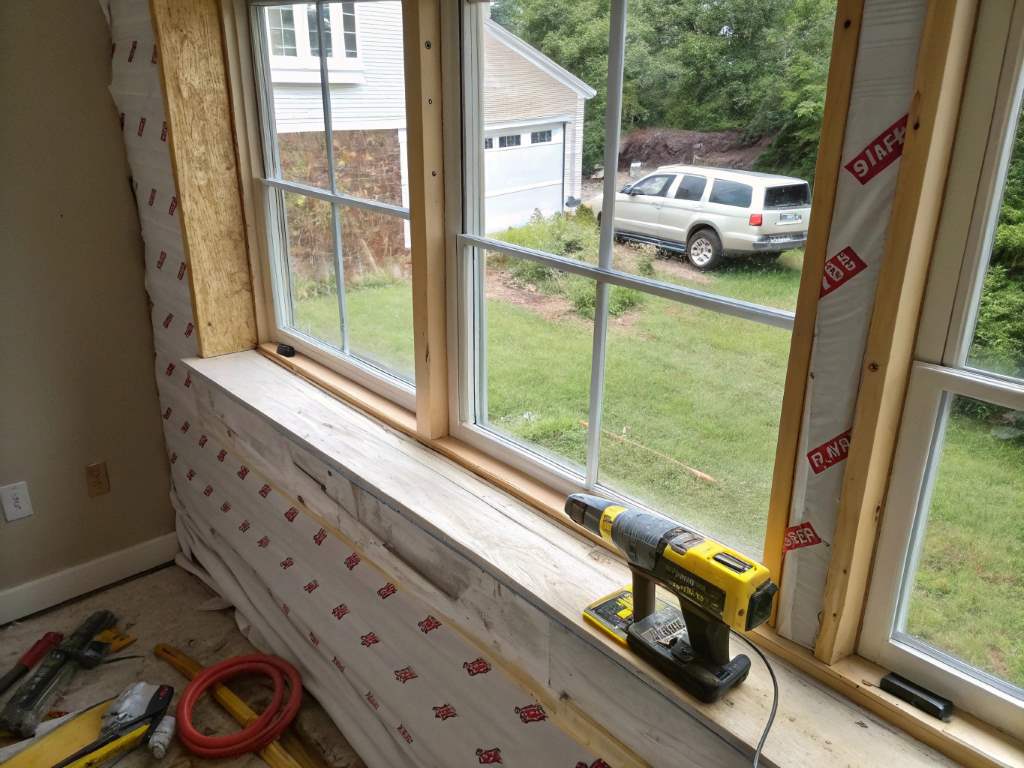
Ready to tackle those drafts? Here are five effective, budget-friendly insulation hacks. Each is easy to implement and uses materials you likely already have or can buy cheaply.
1. Apply Weatherstripping
Weatherstripping seals gaps around window frames, preventing air leaks. The U.S. Environmental Protection Agency notes that proper weatherstripping can reduce heating and cooling costs by 15%. Choose adhesive foam or rubber strips for easy installation.
First, clean the window frame to ensure the strip sticks. Measure the frame, cut the weatherstripping to size, and press it firmly in place. For sliding windows, apply strips along the sash. I used foam weatherstripping on my bedroom windows, and the drafts stopped instantly. It took 20 minutes and cost under $10. Check strips yearly, as they can wear out.
2. Use Caulk for Cracks
Caulking seals small gaps where window frames meet walls. According to Energy Star, sealing leaks with caulk can save 10-20% on energy bills. Silicone or acrylic caulk works best for windows.
Clean the area, then apply a thin bead of caulk using a caulk gun. Smooth it with your finger for a neat finish. I caulked my kitchen window after noticing cracks letting in cold air. It was a 15-minute job that made a huge difference. Let the caulk dry for 24 hours before painting. Always choose weather-resistant caulk for outdoor use to ensure durability.
3. Install Window Film
Window insulation film creates an air barrier, reducing heat loss. A study by the Lawrence Berkeley National Laboratory found that window films can improve insulation by 30%. These films are clear, affordable, and easy to apply.
Cut the film to fit your window, apply it with adhesive, and shrink it with a hairdryer for a tight seal. I tried this on my drafty bathroom window, and it felt like I’d added a second pane. Kits cost $15-$30 and last several seasons. However, films may slightly reduce visibility, so test a small area first.
4. Hang Thermal Curtains
Thermal curtains block drafts and trap heat. The U.S. Department of Energy reports that insulated curtains can reduce heat loss by up to 25%. Choose thick, lined curtains that reach the floor.
Hang them close to the window to trap air. I added thermal curtains to my living room, and the room stayed toasty even on frigid nights. Open them during the day to let in sunlight, then close them at night. Prices start at $20 per panel, making this a stylish, effective fix. Wash curtains regularly to maintain their insulation properties.
5. Use Draft Stoppers
Draft stoppers are fabric tubes placed along window sills to block air. They’re simple, cheap, and removable. A report by the International Energy Agency highlights that draft stoppers can cut heat loss by 10% in drafty rooms.
Buy ready-made stoppers or make your own by filling a long sock with rice or beans. I made a draft stopper for my drafty patio door, and it worked wonders for my window sills too. Place them snugly against the window base. They’re perfect for renters since they don’t require permanent changes. Prices range from $5-$15.
Additional Tips for Maximum Insulation
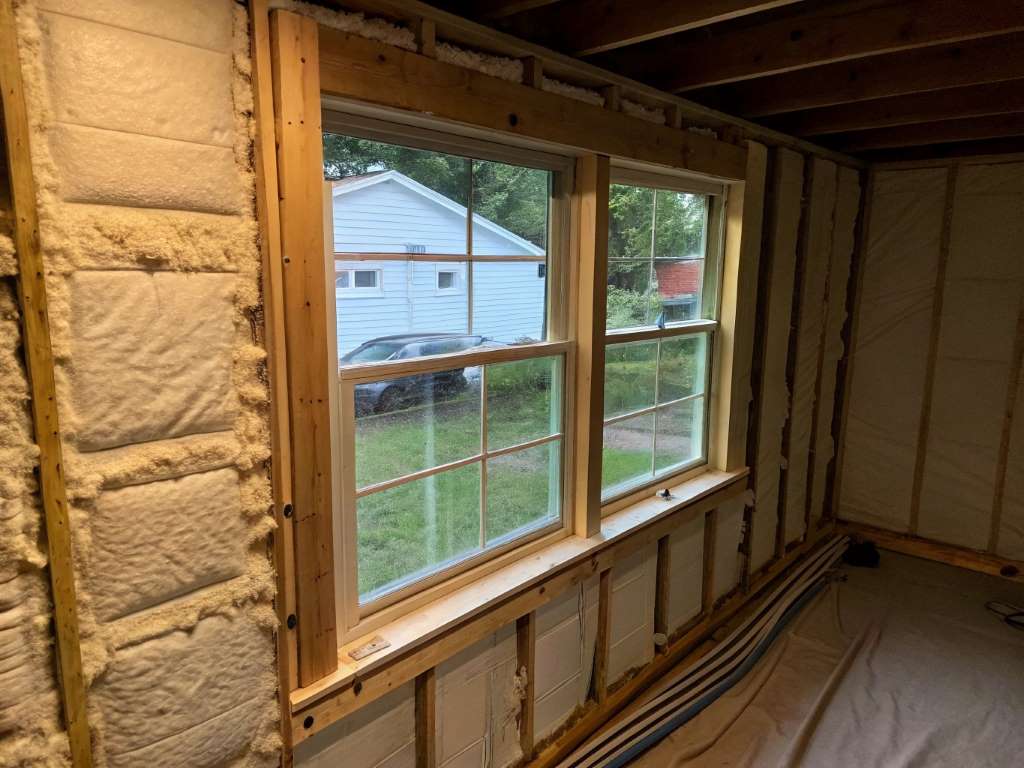
Beyond the main hacks, small tweaks can boost your results. First, check windows for loose panes or damaged frames. Tighten screws or replace broken parts to minimize leaks. Second, add bubble wrap to windows for a quick fix. Cut it to size, spray water on the glass, and press the bubble side against the window. It’s ugly but effective, reducing heat loss by 50%, per a study by Build It Solar.
Third, consider storm windows if your budget allows. These add a second layer of protection, cutting drafts significantly. Lastly, inspect your insulation yearly. Weatherstripping and caulk degrade over time, so reapply as needed. I learned this after my first winter fixes started failing by year two. Regular maintenance keeps your home cozy and your energy bills low. For more tips, check Energy Star’s guide.
Benefits of Insulating Drafty Windows
Insulating drafty windows offers multiple perks. First, it saves money. The U.S. Department of Energy estimates that sealing drafts can cut energy bills by 10-30%. For a $200 monthly bill, that’s up to $60 in savings. Second, it improves comfort. No more shivering near windows or cranking the heat.
Third, it’s eco-friendly. Reducing energy use lowers your carbon footprint. The Environmental Protection Agency notes that cutting energy waste can reduce greenhouse gas emissions equivalent to removing 800,000 cars from the road annually. Fourth, insulation boosts home value. Energy-efficient homes appeal to buyers, especially with rising utility costs.
Personally, insulating my windows made my home feel like a sanctuary. I no longer dreaded winter bills or cold drafts. Plus, I felt good knowing I was helping the planet. These benefits make insulation a no-brainer for homeowners and renters alike. Start small, and you’ll notice the difference quickly.
Common Mistakes to Avoid
Insulating windows seems simple, but mistakes can reduce effectiveness. First, don’t skip cleaning surfaces before applying weatherstripping or caulk. Dirt prevents adhesion, causing seals to fail. Second, avoid using low-quality materials. Cheap caulk cracks quickly, and thin window film tears easily. Invest in durable products for long-term savings.
Third, don’t block ventilation entirely. Some air circulation prevents mold, so ensure a balance. Fourth, avoid ignoring outdoor seals. Exterior caulking is as crucial as indoor fixes. I made this mistake initially, only sealing inside, and drafts persisted. Lastly, don’t assume one fix solves everything. Combine methods—like weatherstripping and curtains—for best results. By dodging these pitfalls, you’ll maximize insulation and comfort.
Conclusion: Take Control of Your Home’s Comfort
Drafty windows don’t have to ruin your comfort or budget. With simple hacks like weatherstripping, caulking, window film, thermal curtains, and draft stoppers, you can seal leaks and save energy. These solutions are affordable, renter-friendly, and backed by research showing 10-30% energy savings. My experience proves these fixes work—my home is now cozy, and my bills are lower.
Start by checking your windows for drafts, then try one or two hacks. You’ll be amazed at the difference. Plus, you’ll help the environment while boosting your home’s value. Don’t let another winter pass with chilly rooms. Take action today, and share your results in the comments below. Have a tip I missed? Let me know, or share this article with friends to spread the warmth!
FAQs
Why do my windows feel drafty even after insulation?
Drafts may persist if seals are incomplete or materials are low-quality. Check for missed gaps, reapply caulk, or combine methods like curtains and weatherstripping.
Can renters insulate drafty windows?
Yes, renters can use removable solutions like draft stoppers, window film, or thermal curtains. These don’t damage property and are easy to remove.
How much can I save by insulating windows?
Insulating windows can save 10-30% on energy bills, per the U.S. Department of Energy. For a $200 bill, that’s $20-$60 monthly.
Are window insulation films worth it?
Window films are effective, reducing heat loss by 30%, according to the Lawrence Berkeley National Laboratory. They’re affordable and easy to apply.
How often should I replace weatherstripping?
Weatherstripping lasts 1-5 years, depending on quality and weather exposure. Inspect yearly and replace if it’s peeling, cracked, or no longer sticky.




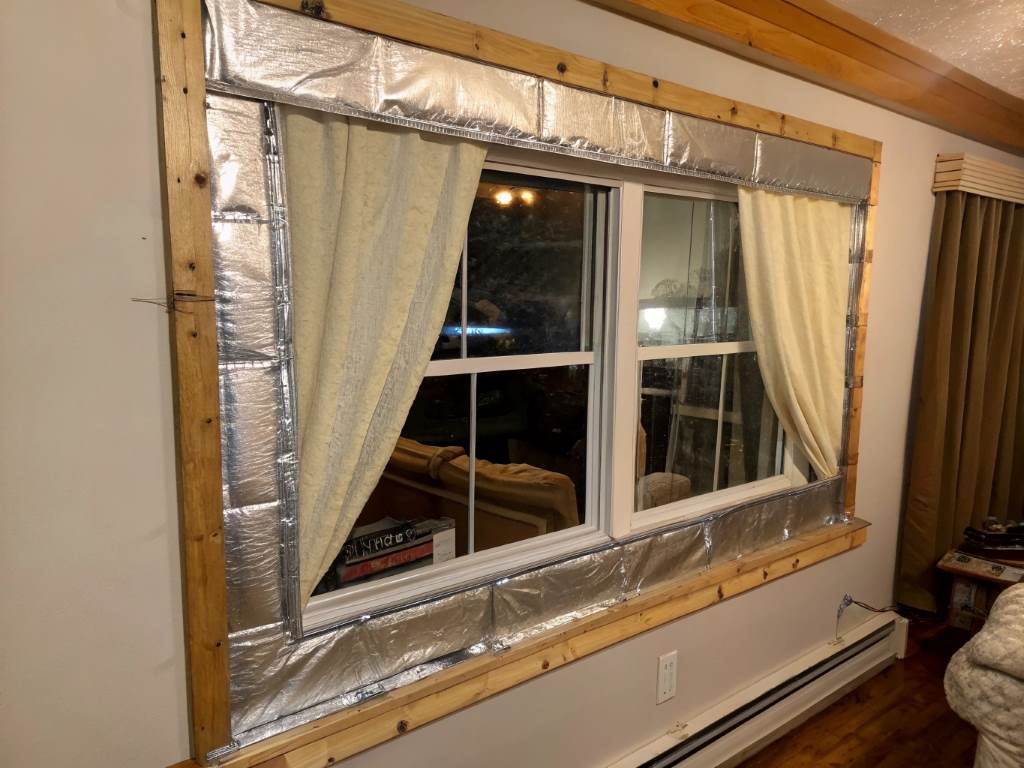
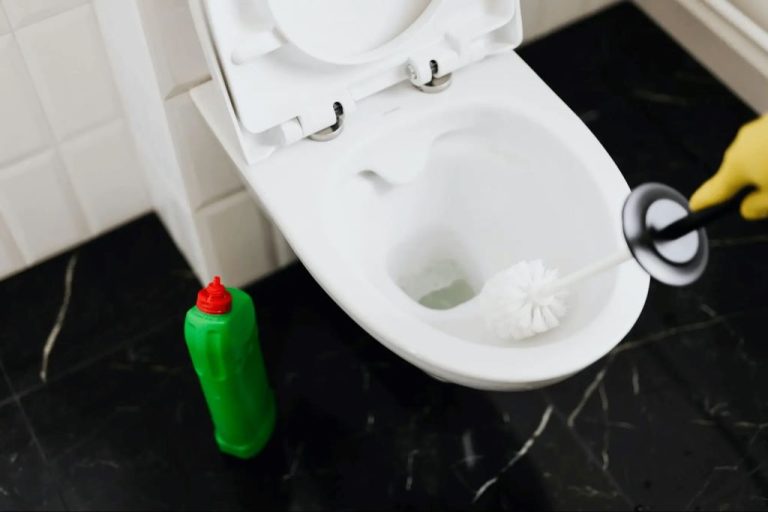
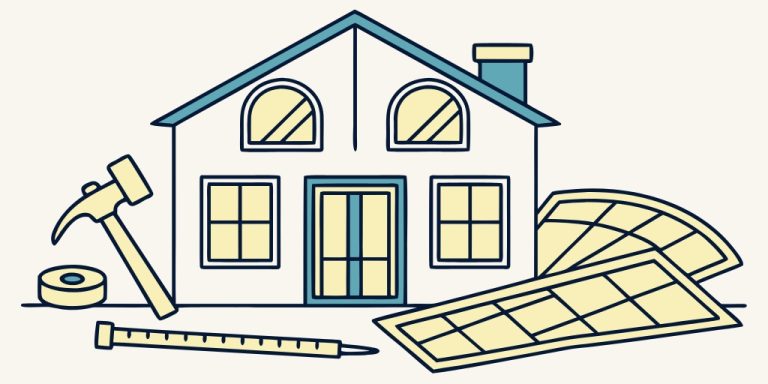



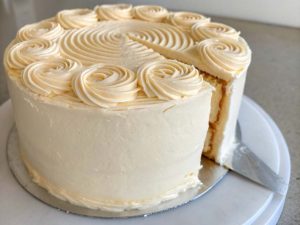

+ There are no comments
Add yours